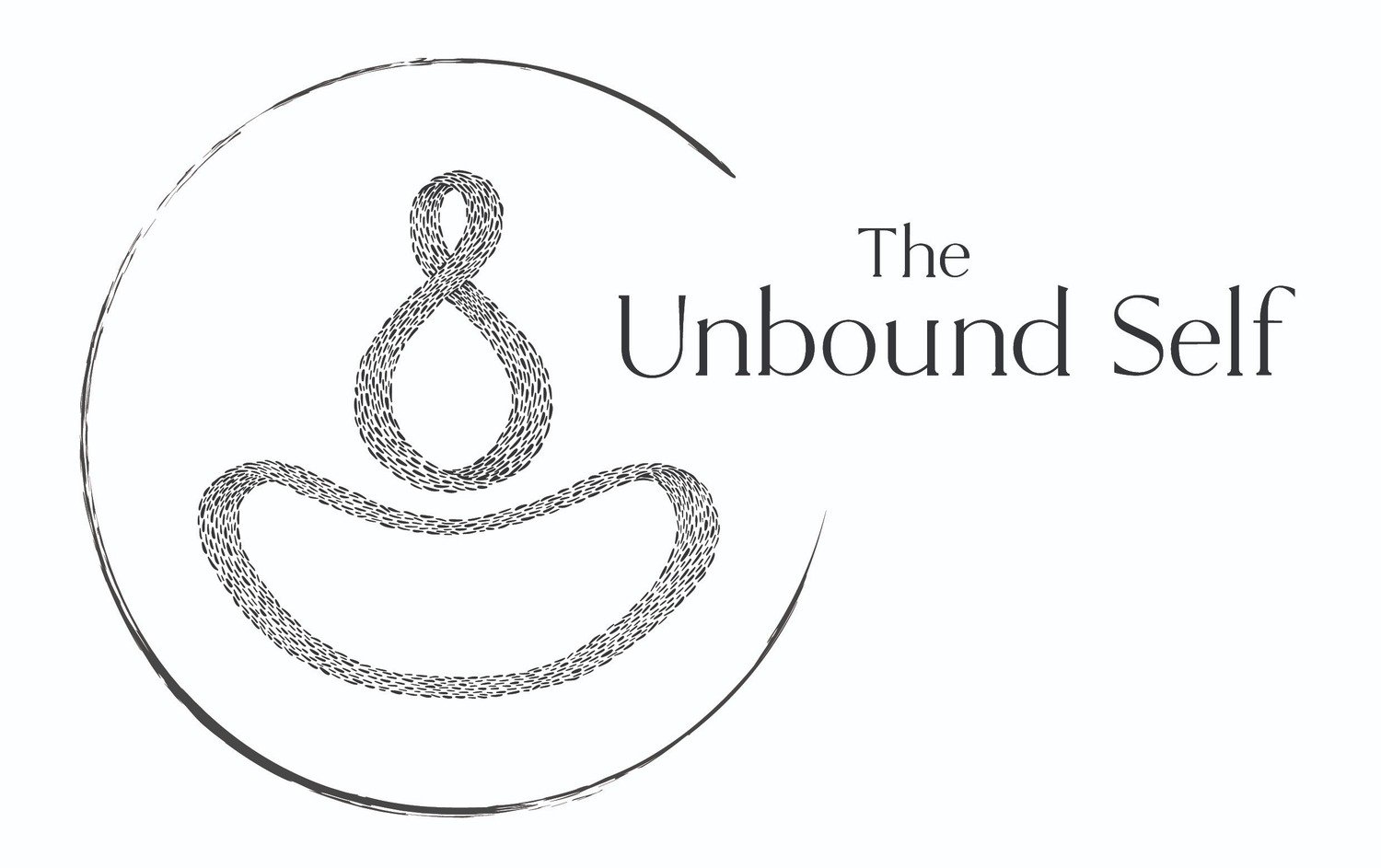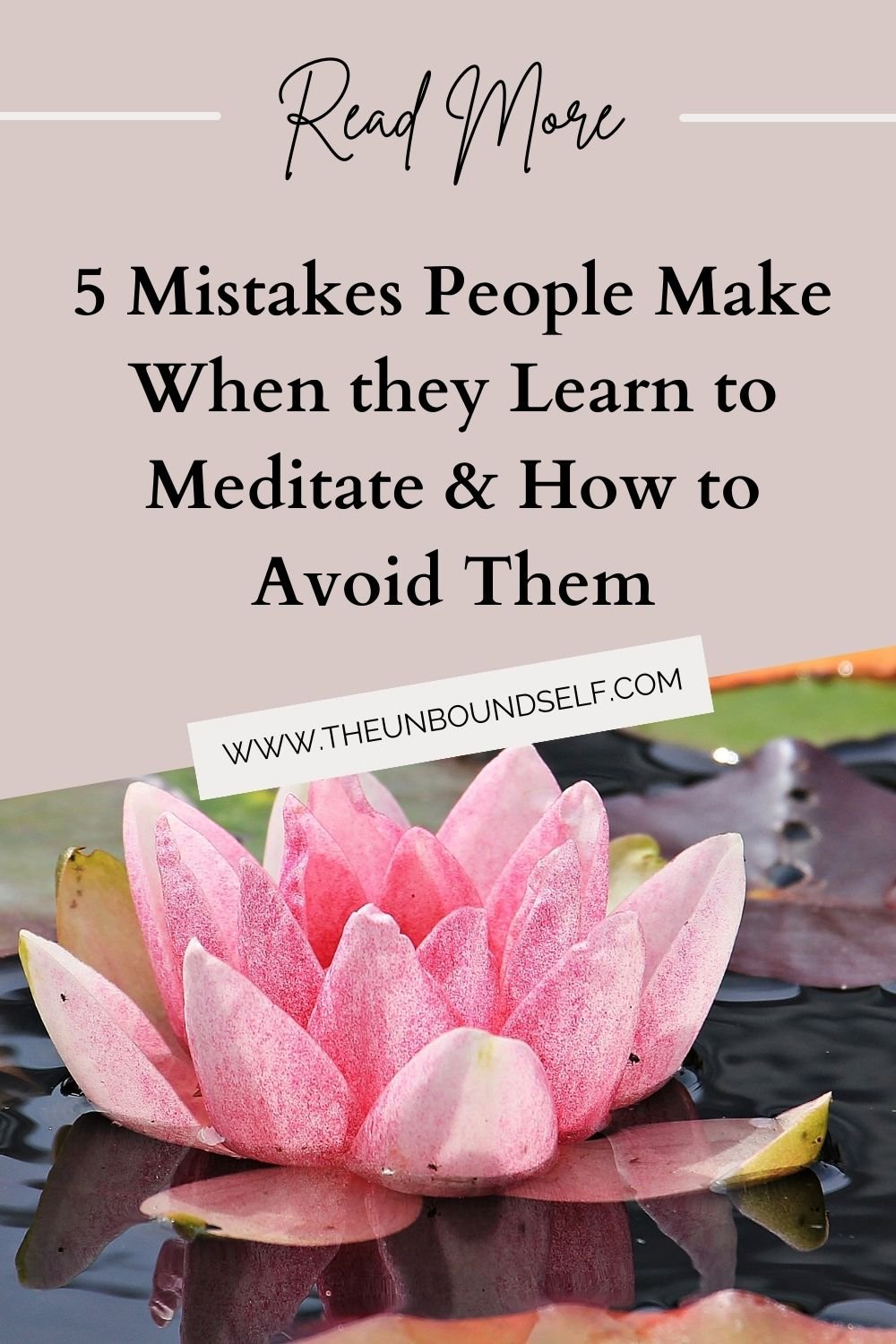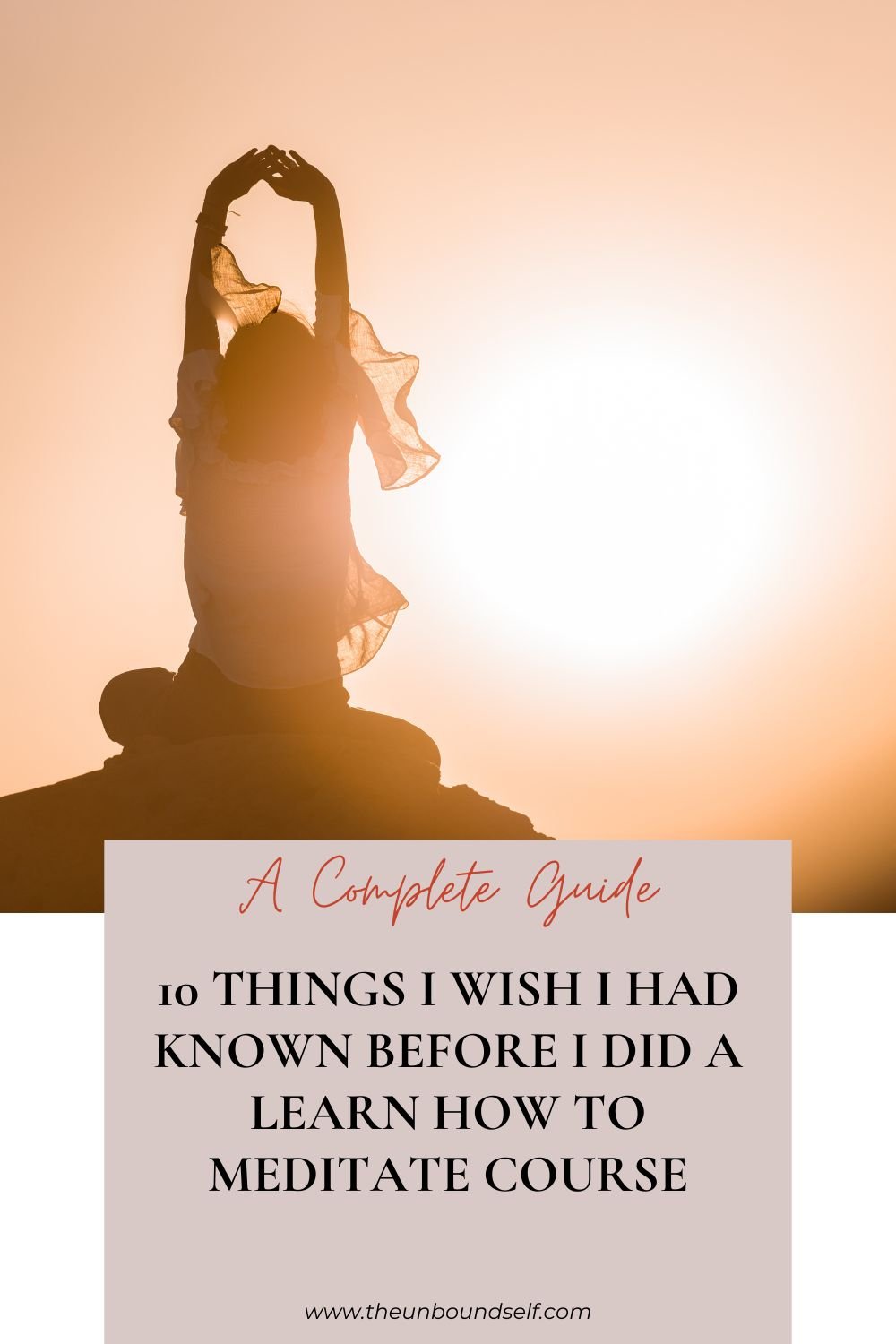A Guide to Finding the Right Meditation Technique!
Meditation has long been celebrated for its transformative power to bring inner peace, clarity and balance into our lives. Yet, if you're new to meditation, you might find the abundance of techniques and practices a bit overwhelming. Where do you begin, and which path is right for you?
There are many Different Meditation Techniques
When beginning a meditation practice, it is really important to find the right technique FOR YOU.
There are many different types of meditation taught all over the world. We can categorize all of these meditations in many different ways - by their religious affiliation, by their anchor etc. I like to categorisse meditation by how much cognitive brain function is required (how much effort is needed).
Many meditation techniques taught today use a lot of effort and concentration - you are often asked to stop your thoughts and keep your mind still. I don’t know about you, but I find this very challenging. You have a mind and the nature of your mind is to think. Trying to will your mind to stop thinking is like trying to get your heart to stop beating - IT SIMPLY WON’T HAPPEN. As a meditation teacher, I have come to realise two things:
1) Not all meditation techniques work for everybody.
2) Meditation Techniques that use less effort seem to be the most impactful (scientific evidence backs this up).
It is really important to find a technique that you enjoy and will actually be able to sustain and stick with.
The Different Types of Meditation Techniques
As I mentioned earlier, there are many different types of meditation techniques out there. Let’s take a look at the different types of meditation and categorise them by how much effort is used. If we gathered all the meditations that exist in the world and placed them on a spectrum, this is what we would find.
LOTS OF EFFORT:
On one end of the spectrum.. We have meditations that use a lot of effort and concentration. This includes meditation like Zen Buddhist Meditation, Zen Compassion Meditation - they require a lot of focus and concentration. In Zen Compassion Meditation you are asked to keep your awanress on the feeling of compassion, which is generally really difficult to do (particularly if you are not feeling that way in the first place).
SOME EFFORT:
In the middle of the spectrum.. There is mindfulness. Mindfulness meditation is pretty vast within itself. It uses less effort than the other meditations I just spoke about however there is still a large element of effort. In mindfulness you are often asked to observe your thoughts during meditation - this is still pretty hard. Our thoughts occur so often/are very fleeting, so it can use a lot of effort to try to constantly watch them.
NO EFFORT:
At the other end of the spectrum: There are Effortless Forms of Meditation. Effortless Forms of meditation include:
Effortless Meditation (simply named this). This is the type of meditation I teach and offer. You can read more about it here.
Transcendental Meditation (TM).
Deepak Chopra’s Sound Primordial Meditation
Vedic Meditation
These meditations use no effort, no concentration and no intense focusing. They are really easy and simple to learn and the effects within the body can be felt rather quickly. There is also huge amounts of study that back up this technique - Effortless Forms of meditation are the most studied type of meditation in the world. The science is truly remarkable.
Things to consider when choosing a meditation technique
As you embark on your meditation journey, one of the most critical decisions you'll make is selecting the right meditation technique. Choosing a meditation technique that sets you up for success from the start will make a big difference in your journey. Here are some key factors to consider when making this important choice:
Your Goals and Intentions: Begin by clarifying your meditation goals. What are your intentions and why do you want to begin a practice? Are you seeking stress relief, emotional healing, better focus, or spiritual growth? Different techniques are better suited to specific objectives, so aligning your goals with your chosen method is crucial. For deep emotional healing, balancing your nervous system and dealing with stress: I highly recommend Effortless Meditation.
Personal Preferences: Meditation should be a practice you enjoy, not a chore. Consider your personal preferences when choosing a technique. If you find a technique that is easy to do and that you genuinely enjoy - then you will be able to meditate for a lifetime.
Physical Comfort: Consider your physical comfort during meditation. Some techniques require specific sitting postures or physical movements, while others can be done comfortably in a chair. Will you be able to sustain sitting cross-legged on the floor without back support for every meditation? Or should you choose a more effortless approach where you can find comfort?
Scientific Backing: For those who appreciate a scientific perspective, look for techniques with research and studies supporting their effectiveness. Techniques like Effortless Meditation are not only rooted in deeply validated by modern science.
Cultural or Spiritual Alignment: Some meditation techniques have cultural or spiritual origins. Consider whether you have a preference for practices associated with a particular culture or tradition or are after a more accessible approach. Effortless Meditation can be practiced by anyone, regardless of their religion or spiritual beliefs. It doesn’t require that you have certain beliefs as a prerequisite. It is completely accessible to anyone.
Long-Term Commitment: Think about your long-term commitment to meditation. Choose a practice that aligns with your ability to maintain a consistent routine.
If you are interested in learning a really profound Effortless Approach to Meditation, then check out my Learn How to Meditate Course otherwise I also offer Guided Audio Meditation which also follow this effortless approach.
Sammy x
Hello and Welcome!
I’m Sammy, a compassionate meditation teacher and devoted yogi. Through transforming my own trauma into light, my mission is to carve the path for others to do the same.
I teach courses on how to meditate and to heal through meditation. I also guide people through private meditation journeys.
Feel free to contact me HERE
hello@theunboundself.com
My Offerings
Are you interested in becoming a Meditation Teacher?
I can give you some great recommendations along with a rad discount on my favourite company that offers accredited
Meditation Teacher Training.
The Meditation Teacher Training courses that I can recommend are truly phenomenal.































